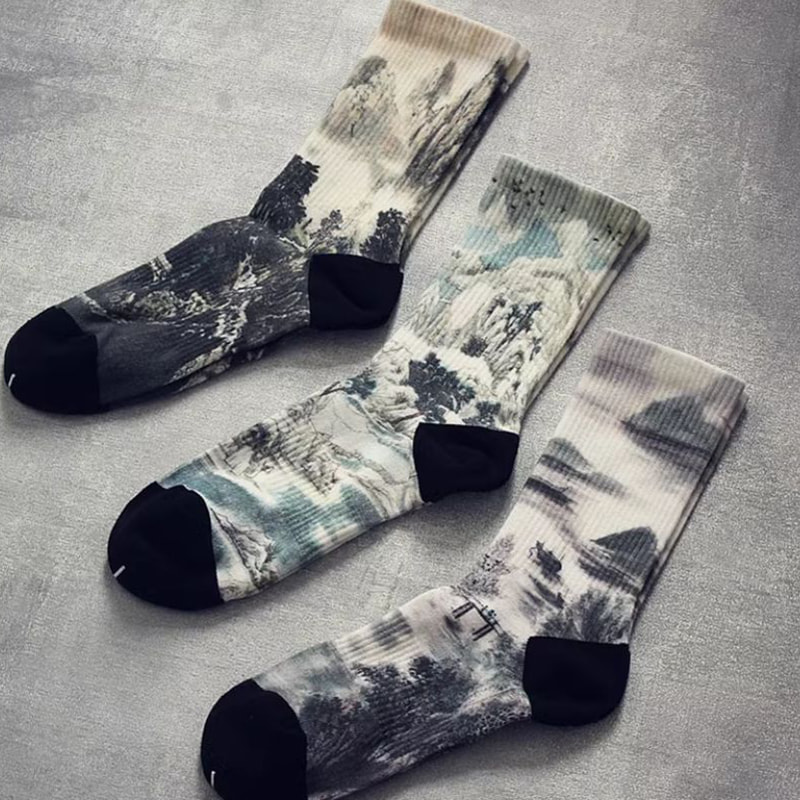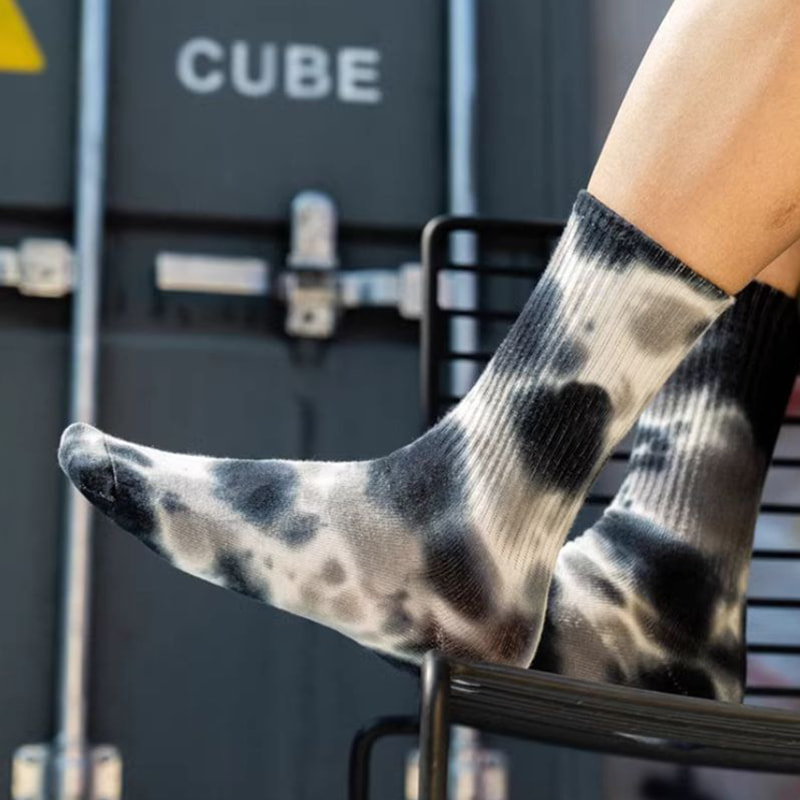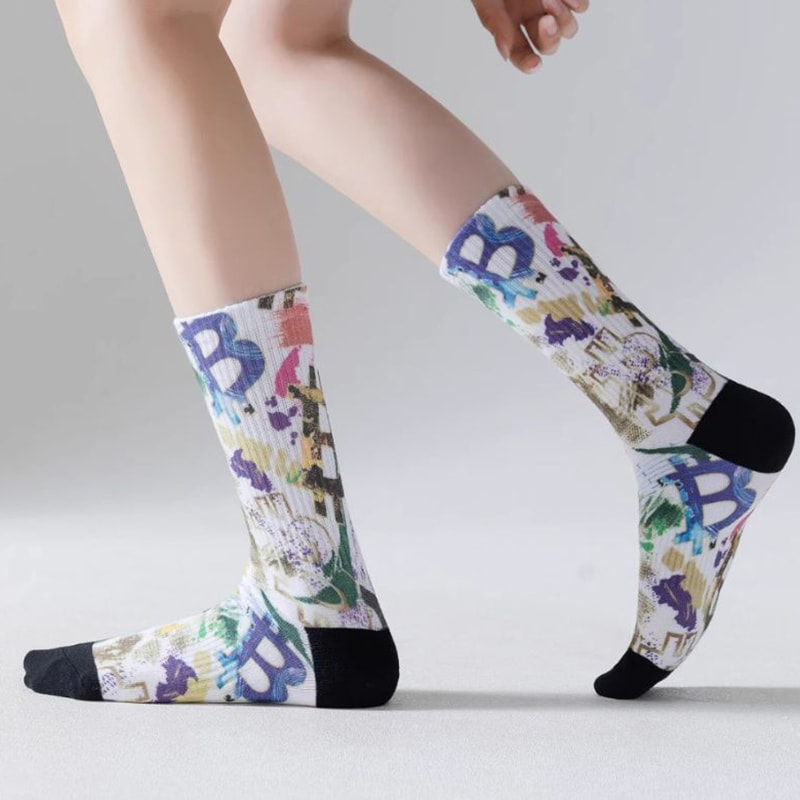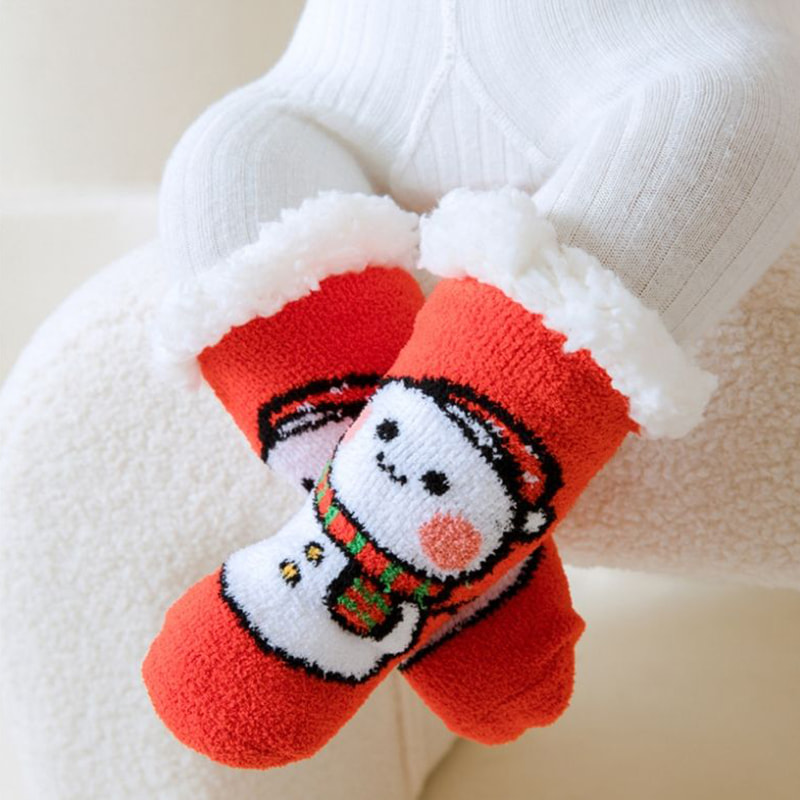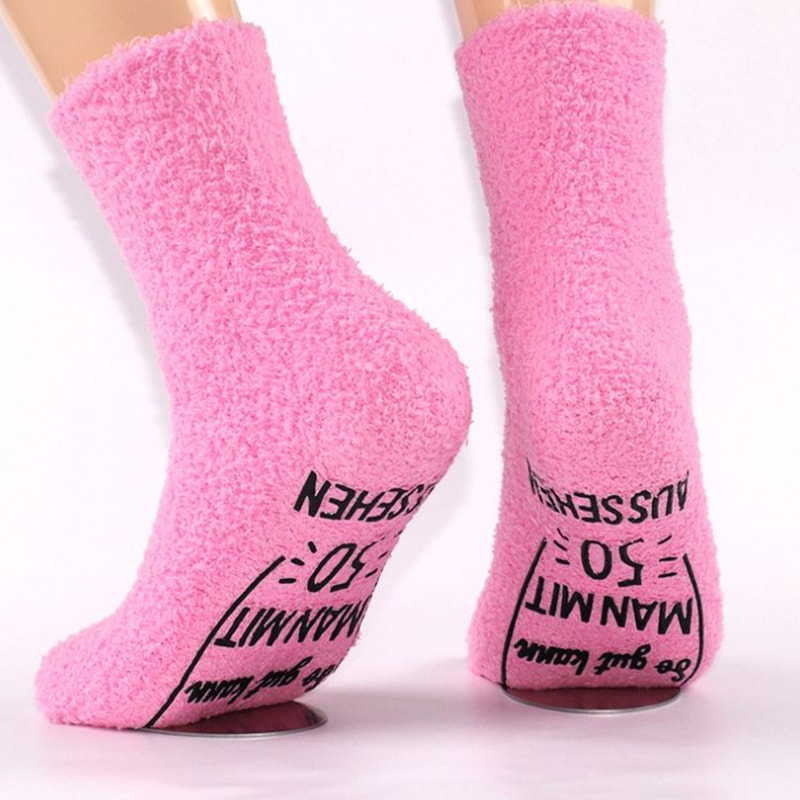Men's boat shoe socks, while seemingly simple, are designed with specific functionality and aesthetics in mind to complement the style and comfort of boat shoes. These socks serve a different purpose than regular socks, offering a unique combination of design elements that cater to the specific needs of boat shoe wearers. In this article, we'll explore how men's boat shoe socks differ from regular socks, focusing on their design, functionality, and the advantages they offer.
1. Design Focus
One of the most noticeable differences between men's boat shoe socks and regular socks is their design. Boat shoe socks are typically designed to be discreet, offering a "barefoot" look while still providing comfort and protection. This is in contrast to regular socks, which come in a wide range of styles and lengths, such as ankle socks, crew socks, or knee-high socks, all of which are more visible when worn with shoes.
Key Design Features of Boat Shoe Socks:
- No-show or low-profile design: Most boat shoe socks are cut low around the ankle to remain hidden inside the boat shoe, giving the wearer the look of being sockless. This is perfect for boat shoes, which are often worn in casual or semi-casual settings.
- Thin and lightweight construction: Boat shoe socks are typically made from thinner, lighter materials to avoid bulking up the shoe and to ensure that they remain discreet. This is unlike regular socks, which can be thicker or heavier, especially for colder weather.
- Elasticized cuff: Many boat shoe socks feature a small elastic cuff that holds the sock in place without showing above the shoe. This ensures the sock stays comfortably in position, unlike regular socks that might slip or bunch up inside the shoe.
2. Material Composition
The materials used in men's boat shoe socks differ significantly from those used in regular socks. Given the nature of boat shoes—often worn in warm or humid conditions—boat shoe socks are designed to be breathable, moisture-wicking, and quick-drying.
Common Materials in Boat Shoe Socks:
- Cotton blends: Cotton is commonly used for its softness, but it’s often blended with synthetic fibers like nylon or spandex for added stretch and moisture-wicking properties.
- Merino wool: In some high-performance boat shoe socks, merino wool may be used for its natural ability to regulate temperature, wick moisture, and resist odor. This is especially helpful for all-day wear.
- Bamboo fiber: Some brands incorporate bamboo fiber into their boat shoe socks, which is known for being eco-friendly, breathable, and naturally antimicrobial.
In contrast, regular socks come in a wider range of materials, depending on their intended use. Wool, cotton, polyester, and spandex are all common materials for regular socks, but they may not be as optimized for moisture management as the materials used in boat shoe socks.
3. Functionality and Comfort
The primary function of men's boat shoe socks is to provide a comfortable and breathable layer between the foot and the shoe, while also preventing blisters, odors, and excessive moisture. Regular socks, on the other hand, are designed for a broader range of purposes, from everyday wear to athletic activities and cold weather protection.
Functional Benefits of Boat Shoe Socks:
- Moisture-wicking properties: One of the most important functions of boat shoe socks is moisture management. Since boat shoes are often worn in warmer weather or near water, keeping feet dry is crucial. Boat shoe socks are made with moisture-wicking fabrics that draw sweat away from the skin, preventing dampness and discomfort.
- Prevention of blisters: The low profile and breathable material of boat shoe socks reduce the friction between the foot and the shoe, which helps prevent the formation of blisters. Regular socks may not be as effective in this regard when worn with boat shoes, especially if they are thicker or do not fit as snugly.
- Odor control: Many boat shoe socks are treated with antimicrobial properties to prevent the buildup of odor-causing bacteria. This is particularly important in warm and humid environments, where foot odor can quickly become an issue. Regular socks may not offer the same level of odor control, especially if they are made from materials that do not breathe as well.
4. Breathability and Temperature Regulation
Boat shoe socks are designed to be breathable, allowing air to circulate around the foot and keep it cool. The material composition and construction of these socks make them ideal for warm or hot weather, as they help regulate temperature and prevent feet from becoming too sweaty or overheated.
Breathability in Boat Shoe Socks:
- Mesh panels and ventilation: Many boat shoe socks feature mesh panels or ventilation zones that enhance airflow, keeping the foot cooler and more comfortable. These socks are often designed to allow heat to escape while keeping feet dry and fresh.
- Quick-drying fabric: Boat shoe socks are made with quick-drying materials that prevent moisture from lingering in the fabric, which can help keep feet comfortable in humid or wet conditions. Regular socks, particularly those made from cotton, can retain moisture, which leads to discomfort and odor.
5. Versatility and Style
While boat shoe socks are tailored to fit the specific needs of boat shoe wearers, they can also be versatile in other casual settings. Their low-profile design makes them suitable for pairing with a variety of casual footwear, such as loafers, sneakers, and other slip-on shoes.
Style Considerations for Boat Shoe Socks:
- Minimalist look: The primary goal of boat shoe socks is to provide a minimalist look that complements the casual, laid-back style of boat shoes. They allow the wearer to enjoy the comfort of socks without compromising the aesthetic of a sockless appearance.
- Fashion-forward designs: While boat shoe socks are primarily designed for function, they also come in various colors and patterns, allowing wearers to express their personal style even in subtle ways. Regular socks, on the other hand, can be more functional and less focused on appearance.


 English
English 中文简体
中文简体 Español
Español



